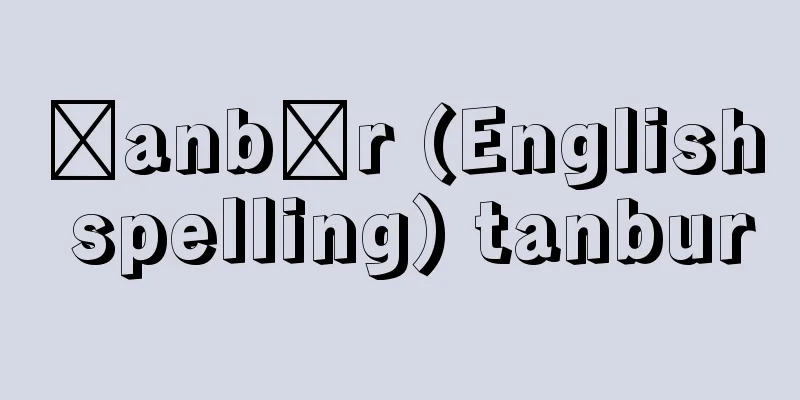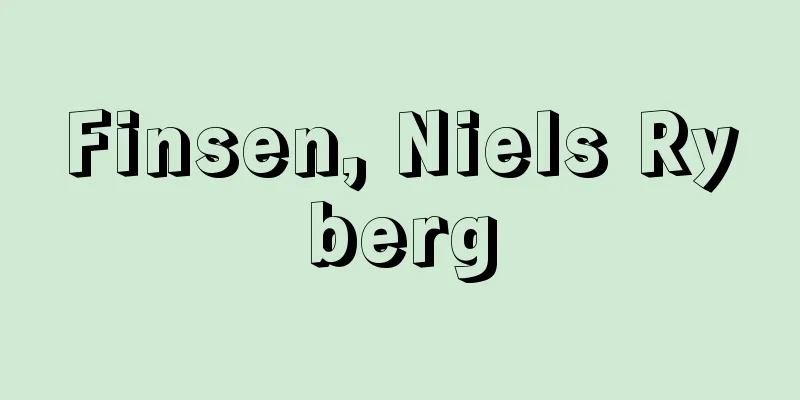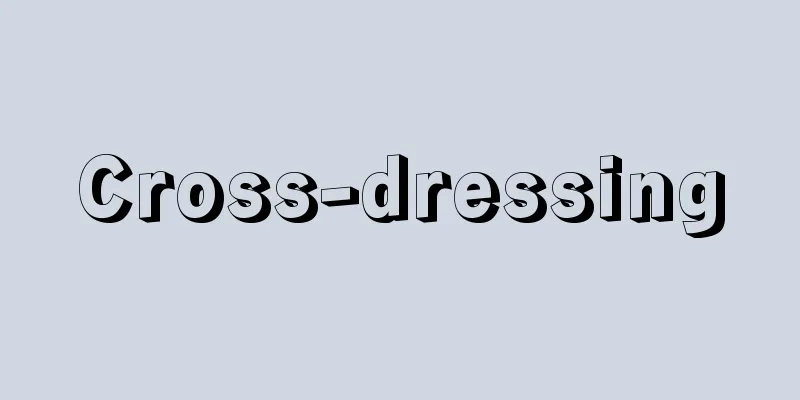Sword Ban Law - Haito Rei

|
In 1876, the Dajokan proclamation prohibited the carrying of swords by anyone other than soldiers, police officers, government officials, and those wearing formal uniforms. This was followed by the ban on carrying swords by commoners in 1870 and the edict on cutting hair and removing swords in 1871, which prohibited the carrying of swords by samurai and others. This was a new measure by the Meiji government to control status symbols. →Kami-ren Rebellion→Related topicsUmino Masaru [Min] | Samurai Rebellion Source : Heibonsha Encyclopedia About MyPedia Information |
|
1876年軍人,警察官,官吏などや大礼服着用者以外の帯刀を禁じた太政官布告。1870年の庶民の帯刀禁止,1871年の散髪脱刀令を経て発令され,士族などの帯刀を禁止した。明治政府による新たな身分標識の統制策であった。→神風連の乱 →関連項目海野勝【みん】|士族反乱 出典 株式会社平凡社百科事典マイペディアについて 情報 |
Recommend
Development Permit System
...The former was limited to areas with sloping l...
Kitara Kingdom
In 1898, the British established the Nkore (Nkole...
Demos (English spelling)
A Greek word originally meaning a group of people ...
Neolinognathidae
...Sheep lice Linognathus ovillus , goat lice L. ...
Leptospermum
...In Japan, it is an evergreen shrub of the Myrt...
Shin-Asahi [town] - Shin-Asahi
A former town in Takashima District, western Shiga...
Trochophora
… In general, the egg undergoes spiral cleavage, ...
《Kamikitobi》 - Squid
…A similar work to “Itochiku Shoshinshu.” It is a...
Kariteimo
(Transliteration of the Sanskrit word Hāriti) Kish...
Yoshishiro - Kicchomu
The protagonist of a comedy handed down mainly in ...
vernal conjunctivitis
…It is accompanied by severe itching along with r...
Kankyo - Kankyo
…Buddhism also followed this example and called t...
Houston, S.
…American politician. Born in Virginia. Served in...
Marin, J.
…Two innovative movements emerged in New York at ...
Kind, JF (English spelling) KindJF
...An opera in three acts composed by C M von Web...









